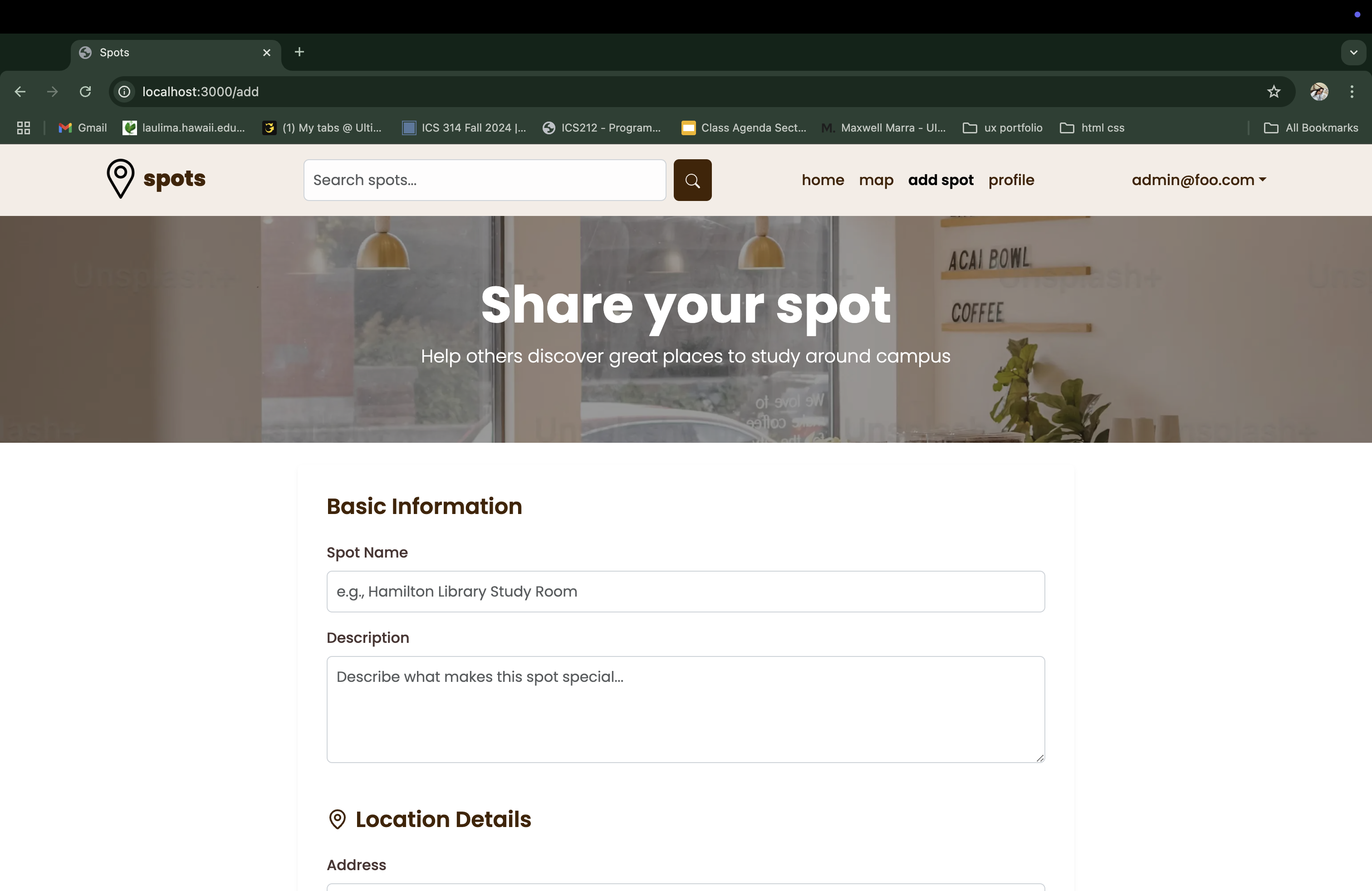From Pixels to Patterns
05 Dec 2024From Pixels to Patterns: Software Architecture
With my background in UX, I first heard about design patterns and thought I knew all of the basics. I spent years learning interface design, developing style guides, and working with components. But as I dove deeper into design patterns, I realized that we were talking code and not pixels. I soon discovered that the two still share many similarities.
The Familiarity Components
I started my journey with something that felt like home: component design. In my UX work, I spend hours making successful modular design systems and reusable components. Each piece needed to maintain visual consistency while being flexible enough to adapt to different situations. When I first started working with React components , I had a moment of realization. The component pattern wasn’t just another way to organize code; it was building on principles I was already familiar with from my design work.
What fascinated me was seeing how this component pattern solved problems across different levels. With a card component in Figma, I can reuse it across multiple screens while keeping the design consistent. In React, our components did the same thing but with an extra layer of functionality. We could drop them into different pages, and they’d maintain both their look and their behavior. It wasn’t just clean code, it was thoughtful architecture that made our project more maintainable as it grew.
Forms: Where Design Meets Data

Forms have always been close to my heart in UX work. They’re these critical touch points where users really engage with the system and can be real pain points if not done well. Building them in our Spots project showed me the back-end process I hadn’t considered before. Learning about the observer pattern was particularly challenging at first, but it turned out to be exactly what we needed for handling form validation, state management, and user feedback.
The fascinating part was seeing how this pattern addressed challenges I previously only thought about from the user’s side. As a designer, I always focused on making form interactions feel natural and ensuring error messages made sense. Now I was actually implementing these interactions, making them not just work well but work efficiently. The Observer pattern became this perfect bridge between good UX principles and solid architecture.
The Power of Patterns
One of my biggest takeaways from this course has been seeing how design patterns, whether in UX or software architecture, create a shared vocabulary for solving common problems. In interface design, I rely on established patterns because they help users feel at home and make the design readable and consistent. Now I see software design patterns doing the same thing for developers, offering proven solutions to recurring challenges in code architecture.
Working on our project really drove this home. The patterns we used made our code more approachable and easier to maintain. Just like how consistent UI patterns help users navigate an interface confidently, well implemented software design patterns help developers navigate a codebase smoothly. Making these parallel connections has been one of the most satisfying parts of learning software engineering.
Learning Through Application
As someone still getting comfortable with software development, I really appreciate how design patterns give structure to the learning process. They offer this familiar framework for thinking about code architecture that connects well with my design background. When we needed to add new features to our project, having these established patterns meant I could concentrate on understanding the implementation details without getting lost in structural decisions.
The Bridge Between Disciplines
Looking back, my biggest realization has been that software design patterns and UX patterns aren’t two separate worlds, they’re complementary approaches to problem solving. Both of them aim to create systems that people can understand, maintain, and scale over time. As I continue developing my software engineering skills, I’m excited to keep exploring how these different patterns can work together to create better solutions.
What started as a tentative step into new territory has become a fascinating exploration of how different aspects of software development strengthen each other. While I’m still early in my software engineering journey, understanding these patterns has changed how I think about both design and development. I can’t wait to discover more connections as I continue learning.